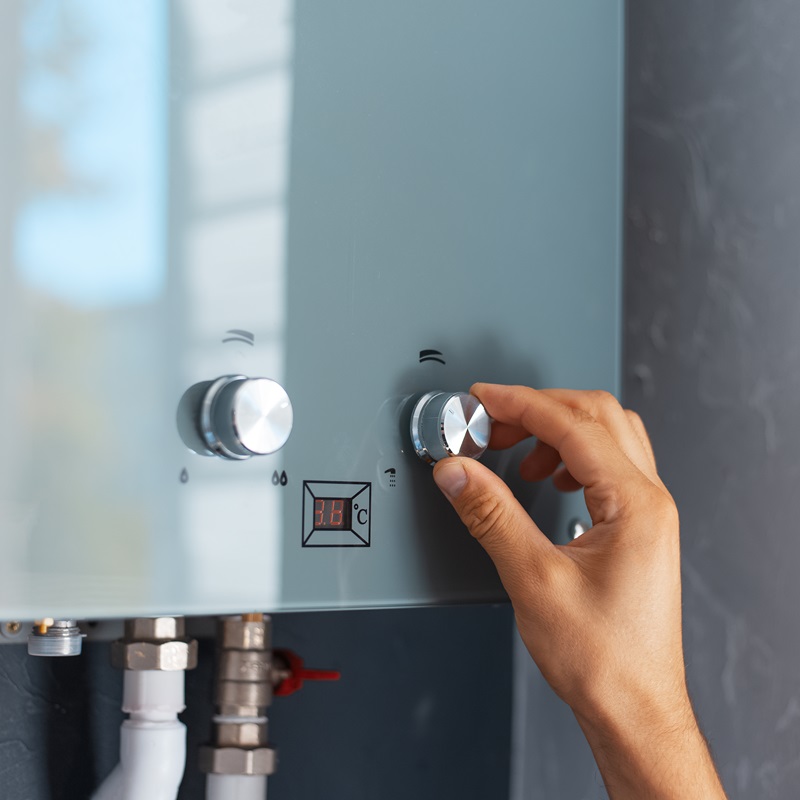How to Pick the Right Geyser to Take Full Advantage Of Energy Performance in Your Home
Picking an energy-efficient geyser is not as simple as it seems, calling for cautious analysis of different factors. From recognizing the different sorts of geysers, to reviewing their energy performance scores and taking into consideration placement strategy, each decision plays an essential function in making the most of performance. Balancing the first investment with lasting savings is additionally important. Allow's start this trip to discover exactly how to make the most educated choice for a hot spring that will minimize your power costs while making sure optimum performance.

Understanding the Various Sorts Of Geyser
While there are different kinds of geysers offered on the market, comprehending the distinctions in between them is important for power efficiency (geyser sizes). The very first kind, storage geysers, are one of the most usual and store hot water in a container for usage when needed. They are offered in different capabilities and are generally energy-efficient, yet they can shed heat when not in usage
The second type is the tankless geyser, which heats water on need, leading to much less power waste yet calling for a greater preliminary power draw. Solar geysers utilize solar energy to warm the water, making them the most energy-efficient yet additionally the most pricey.
Analyzing Your Family's Warm water Requirements
Prior to diving right into the purchase of a hot spring, it is crucial to examine the warm water demands of your house. This evaluation ought to consider countless aspects including the variety of family participants, frequency of hot water usage, and the variety of warm water outlets in the home (geyser sizes). A small household with occasional warm water usage could call for a smaller, much less effective geyser contrasted to a larger household with multiple day-to-day hot water demands
The sort of appliances that call for hot water additionally play a substantial function. Dishwashers and cleaning machines, for circumstances, may call for more warm water than a basic shower or kitchen sink. In addition, particular tasks such as bathing or cleaning additionally affect the frequency and quantity of warm water needed.
Evaluating Energy Performance Scores of Geyser
Having analyzed the warm water needs of your home, it is essential to turn your attention to the energy performance rankings of geysers. These ratings, normally provided as Power Variable (EF), indicate a geyser's general energy effectiveness based upon the quantity of warm water produced each of fuel taken in over a regular day. The greater the EF, the a lot more efficient the water heater.

Considerations in Geyser Size and Placement
Beyond energy performance rankings, the size and placement of your geyser are essential elements to think about. The dimension of the geyser should align with your house's warm water demands. A little geyser may utilize less energy however might not supply sufficient hot water for multiple usages at the very same time, whereas a larger unit can fulfill better demand but might take in more power.
Positioning likewise affects energy performance. Hot springs content should be mounted near to points of usage to lessen heat have a peek here loss throughout water transportation. A centrally located geyser can service numerous areas effectively. In addition, taking into consideration thermal insulation, a geyser situated in a warmer area sheds less heat and consequently utilizes much less energy to maintain the water temperature level.
Cost Analysis: Stabilizing Preliminary Financial Investment and Long-Term Cost Savings
While dimension and placement unquestionably play substantial functions in a hot spring's energy performance, one should not ignore the financial element. When taking into consideration the preliminary financial investment, the cost of energy-efficient hot springs can be more than typical designs. The raised in advance cost can be balanced out by long-term power savings, making it a beneficial financial investment in the lengthy run (geyser sizes).
Analyzing long-term cost savings needs an understanding of the geyser's power ranking. A device with a greater ranking will consume less energy, translating to lower utility bills in time. Federal government motivations and discounts for energy-efficient devices can additionally aid redeem first expenses.
Lastly, upkeep and life expectancy ought to be factored in. find here Energy-efficient geysers typically have longer lifespans and lower upkeep prices, adding to general cost savings. When balancing first financial investment and long-lasting savings, one need to take into consideration not only the acquisition rate however also power usage, government incentives, and maintenance prices.

Conclusion
Choosing an energy-efficient geyser requires careful consideration of various factors. These consist of recognizing the sorts of hot springs, analyzing your house's warm water demands, assessing power effectiveness scores, and determining cost benefits. The right geyser dimension, positioning, and insulation can dramatically lower power expenses and environmental impact. Making a well-informed choice can lead to significant long-lasting savings, making it a worthwhile financial investment for your home.